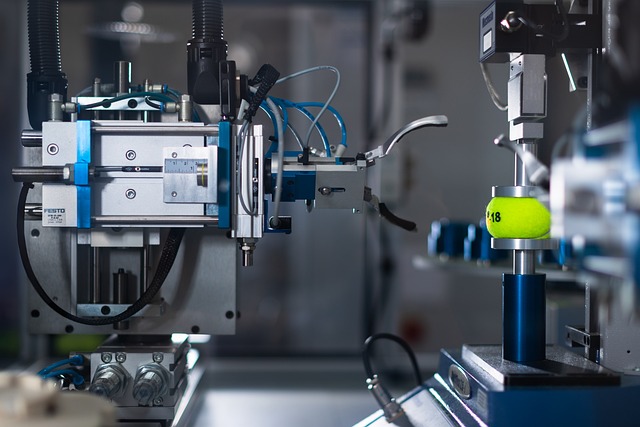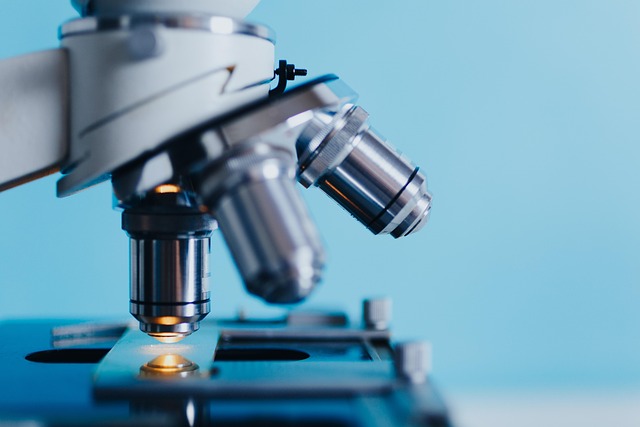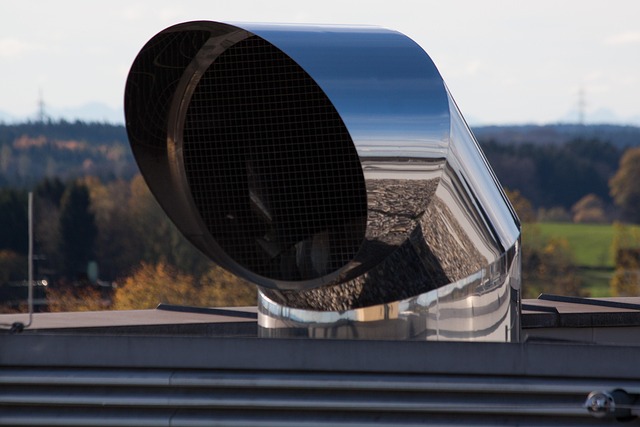
The Perseverance Rover
The Perseverance rover, part of NASA's Mars 2020 mission, is a remarkable piece of technology designed to explore the Martian surface. Launched on July 30, 2020, and landing on February 18, 2021, it has been tasked with a significant goal: to seek signs of ancient life and collect samples for potential return to Earth. 🚀
What Makes Perseverance Unique?
Perseverance is not just any rover; it’s the largest and most capable rover ever sent to Mars. Equipped with advanced scientific instruments, it can analyze the composition of Martian rock and soil, paving the way for future missions. One of its standout features is the ability to collect core samples of rock and regolith, which are essentially broken rock and soil. These samples are crucial for understanding Mars' geological history and assessing its past habitability.
Exploration of Jezero Crater
Perseverance landed in Jezero Crater, a site chosen for its potential to hold signs of ancient life. This crater was once filled with water, making it an ideal location for studying the planet's past. The rover has been exploring the lower slopes of the crater's rim, where scientists believe it can find some of the most interesting geological features. 🪨
Sample Collection Process
One of the rover's primary missions is to collect samples that could eventually be returned to Earth. So far, it has collected 24 samples, including rock cores and regolith. These samples are stored in sealed tubes, which are designed to be picked up by a future mission. This ambitious plan aims to bring Martian material back to Earth for detailed analysis, providing insights that could answer questions about the planet's history and its potential for life.
Scientific Instruments on Board
Perseverance is equipped with a suite of scientific instruments that enable it to conduct a variety of experiments. Some of the key instruments include:
- SuperCam: This camera can take images, analyze the chemical composition of rocks, and even provide audio recordings of the Martian environment.
- Mastcam-Z: A camera system that allows for high-resolution imaging and 3D stereoscopic views of the terrain.
- MOXIE: The Mars Oxygen In-Situ Resource Utilization Experiment, which aims to produce oxygen from Martian carbon dioxide.
- SHERLOC: This instrument is designed to detect organic compounds and minerals associated with the presence of life.
The Journey So Far
As of October 2024, Perseverance has traveled over 30 kilometers (about 18.65 miles) across the Martian landscape. Its journey has been filled with discoveries, including intriguing rock formations and signs of ancient water flow. The rover continues to send back valuable data, helping scientists piece together the story of Mars.
Conclusion
The Perseverance rover represents a significant step forward in our quest to understand Mars and the possibility of life beyond Earth. With its advanced technology and ambitious goals, it is paving the way for future exploration and potential human missions to the Red Planet. As we continue to receive data from Perseverance, the excitement around Mars exploration only grows. 🌌

















 The Earthquake That Shook Russia
The Earthquake That Shook Russia 
 Health
Health  Fitness
Fitness  Lifestyle
Lifestyle  Tech
Tech  Travel
Travel  Food
Food  Education
Education  Parenting
Parenting  Career & Work
Career & Work  Hobbies
Hobbies  Wellness
Wellness  Beauty
Beauty  Cars
Cars  Art
Art  Science
Science  Culture
Culture  Books
Books  Music
Music  Movies
Movies  Gaming
Gaming  Sports
Sports  Nature
Nature  Home & Garden
Home & Garden  Business & Finance
Business & Finance  Relationships
Relationships  Pets
Pets  Shopping
Shopping  Mindset & Inspiration
Mindset & Inspiration  Environment
Environment  Gadgets
Gadgets  Politics
Politics 